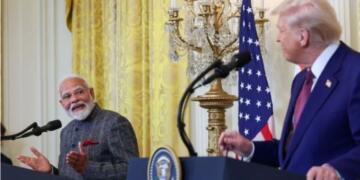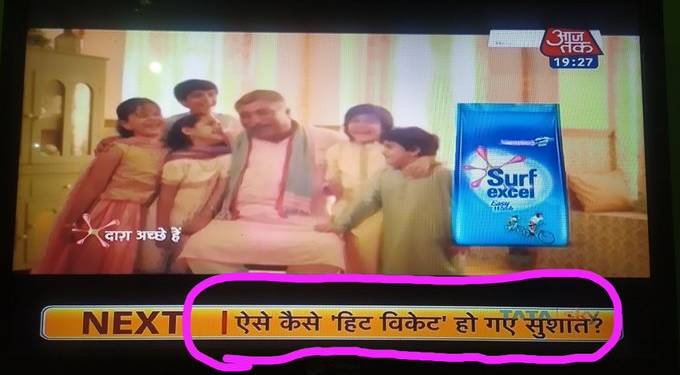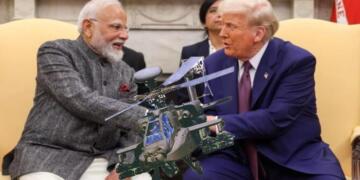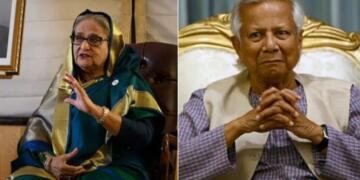Indian media is well known for its sensationalism and drive for TRPs, but at a time when a popular young actor has allegedly committed suicide, a little sanity was expected. But the media houses have stuck to sensationalism and vulture journalism at the time of Sushant’s death too.
To attract more eyeballs, media organizations publish stories under insensitive sensational headlines. The print medium is relatively better but a few websites and almost all the television channels act more like Ekta Kapoor serials than being platforms for sensible coverage and informative reporting.
The media houses made the death of Sushant Singh Rajput a crime drama, with utter insensitivity towards the departed soul and his family.
Zee News anchors asked, “Patna ka Sushant Mumbai me fail Kyon” (Why Patna’s Sushant failed in Mumbai) and “Filmon ka Dhoni asal zindagi mein out kaise” (How can the reel life Dhoni got out in real life).
https://twitter.com/Bihar_se_hai/status/1272202305304059910
Similarly, on Aaj Tak, Chitra Tripathi asked, “Sushant zindagi ki pitch par hit-wicket kaise ho gaye” (how did Sushant get ‘hit-wicket’ on life’s pitch).
https://twitter.com/vishj05/status/1272168392749772802
This is the level of Indian media. pic.twitter.com/RY8L8XTLZP
— Chikoo 𝕏 (@tweeterrant) June 14, 2020
#SushantSinghRajput | एक मुस्कुराता चेहरा जो रुलाकर चला गया! #SpecialReport @AnjanaOmKashyap
पूरा कार्यक्रम https://t.co/x4vkkVPZnQ pic.twitter.com/n7rJEXYU3Z— AajTak (@aajtak) June 14, 2020
Many reporters hurled mics at Sushant’s family member and asked the perennial questions of stupid journalism- “Aap kaisa mehsoor kar rahe hai” (How are you feeling after his death) and Sushant kaise insaan the (What kind of person Sushant was).
NewsNation was showing images of Singh lying dead on his bed. On this, actor Vikrant Massey tweeted, “Can you please fucking stop this ridiculous thing you call journalism??? You make me sick in the gut…”
Can you please fucking stop this ridiculous thing you call journalism??? You make me sick in the gut…
You’re actually showing pictures of #sushant lying dead in his bed? @NewsNationTV pic.twitter.com/MuNbWPXcfp
— Vikrant Massey (@VikrantMassey) June 14, 2020
AajTak showed the images and videos of Sushant’s family members- father, uncle, sisters- weeping in order to remain “sabse tej”.
“Hurling mikes on Father and Uncle of #SushanthSinghRajput and asking them question??? SERIOUSLY?? @IndiaToday @aajtak Don’t you fucking care about privacy and grief of a family who’s son has just left the world? Media is a cancer and no less than vultures. Too insensitive,” tweeted a user.
Hurling mikes on Father and Uncle of #SushanthSinghRajput and asking them question??? SERIOUSLY?? @IndiaToday @aajtak Don't you fucking care about privacy and grief of a family who's son has just left the world?
Media is a cancer and no less than vultures. Too insensitive pic.twitter.com/gtpYlyP16U— Bruce Wayne 🦇 (@Cric_Freaky) June 14, 2020
#SushantSinghRajput | एक मुस्कुराता चेहरा जो रुलाकर चला गया! #SpecialReport @AnjanaOmKashyap
पूरा कार्यक्रम https://t.co/x4vkkVPZnQ pic.twitter.com/n7rJEXYU3Z— AajTak (@aajtak) June 14, 2020
This is not the first time when the Indian media has resorted to such sensationalism, insensitivity, and vulture journalism. Previously, on the death of Sridevi, popular film actress, the TV studios created virtual bathtubs to recreate the scene of her death.
The popular anchors become autopsy and post-mortem experts, exploring the details and technicalities of the suicide.
In 2019, Press Council of India issued a set of guidelines for the media houses to follow in the case of suicides to stop repetition of what happened after the suicide by Sridevi.
The guidelines are as following:
– Publish stories about suicide prominently and unduly repeat such stories
– Use language which sensationalize or normalizes suicide, or presents it as a constructive solution to problems
– Explicitly describe the method used
-Provide details about the site/location
– Use sensational headlines
-Use photographs, video footage or social media links.
Despite such detailed guidelines by the PCI, the media houses did everything that was advised to be avoided. The media houses do not want any government regulation of media and absolute freedom of speech. Whenever the government comes up with the idea to give some punitive power to PCI, news media industry vehemently opposes this and calls for self-regulation.
A disturbing trend has been observed on Social Media platforms by Maharashtra Cyber that pictures of deceased actor Shri. Sushant Singh Rajput are being circulated, which are disturbing and in bad taste. (1/n)
— Maharashtra Cyber (@MahaCyber1) June 14, 2020
The media houses reported the whole incident so irresponsibly that Maharashtra cyber was forced to issue warning. “A disturbing trend has been observed on Social Media platforms by Maharashtra Cyber that pictures of deceased actor Shri. Sushant Singh Rajput are being circulated, which are disturbing and in bad taste. It is emphasised that circulation of such pictures is against legal guidelines and court directions, and are liable to invite legal action,” tweeted Maharashtra cyber.
However, no self-regulation is followed and whenever there is an opportunity, the TV studios stoop to this low to get more eyeballs. Indian media exaggerates every issue and the TV shows lack mature content. The Prime Time shows on TV give a sense that the world will fall apart on just the other day. The media needs to behave more responsibly, at least over such sensitive issues.

































